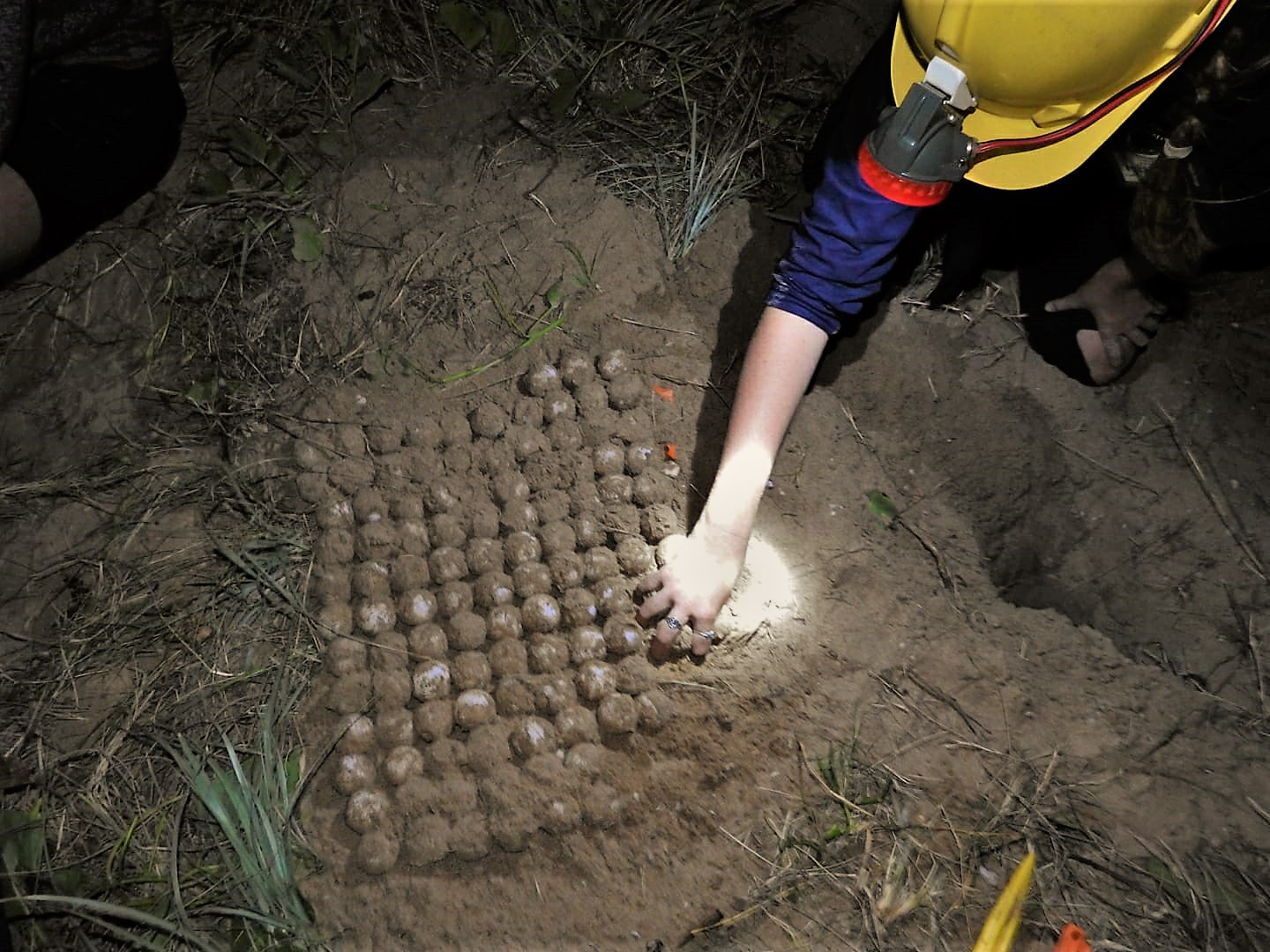The Marine Biologist That Can't Dive
By Melissa Staines
Scuba diving is often considered an intrinsic part of marine science; a useful tool for collecting samples, conducting in-situ experiments and of course interacting with your favourite marine creatures. In this article Melissa Staines shows us that you don’t need to breathe compressed air to totally rock at marine science.
When I was 16 years old, I found out I would never be able to scuba dive. The only way I could ever dive again (because the first time was a bloody mess, … literally!), would be to save enough money to get surgery to fix my sinuses. This was crushing as I had a life-long dream of being a marine biologist. Essentially I just said screw it, I’m going to uni and studying Marine Biology anyway!
In my final year of uni, I wasn’t sure what I would do after graduation. I knew I didn’t want a desk job looking at fisheries statistics, I wanted to do research. But one thought plagued me: what data can a marine biologist collect from land? I was pretty lost, until I applied for an undergraduate research project on nesting Loggerhead turtles at Mon Repos, in Queensland. I have never been more grateful for an opportunity in my entire life. For three months I lived in a tent at Mon Repos, and every night I patrolled the beaches for nesting turtles, and emerged hatchlings.
My study looked at the intrinsic effects of dune vegetation on the incubation success of a sea turtle nest. It has been widely observed that dune vegetation negatively affects the hatching success of sea turtles, but empirical data was lacking. I found that the roots of spinifex grass would smother and suffocate the eggs, as well as suck out all of the moisture, killing the embryos inside. The roots also prevent hatchlings from reaching the surface due to entanglement, and decreases burial depth, exposing hatchlings to higher sand temperatures. Vegetation also blocks the hatchling’s view of the ocean, this was particularly detrimental in areas with light pollution, as hatchlings are attracted to the lights and can be killed by crossing busy roads or eaten by terrestrial predators. My manuscript is now in review for publication, so I will be very excited to say that I wrote and published a paper from a small undergrad project!
Globally sea turtles are now facing the greatest threat to their existence, climate change. Global warming is threatening the reproductive capabilities of future sea turtle populations, as warmer sand temperatures produce more female hatchlings, ultimately screwing the sex-ratio of the entire population. This led me to look into alternative sand-cooling strategies, particularly for larger turtle rookeries on remote unvegetated islands, where the lack of urbanisation prevents conservationists from building shading structures.
Raine Island on the Great Barrier Reef supports over 90% of all nesting turtles in the northern GBR, and over 99% of the hatchlings produced are female. This coming nesting season, I’ll be working on nesting islands in the northern GBR to investigate novel strategies for cooling sea turtle nests, in the hope that these strategies can be used on remote nesting beaches worldwide. I have a lot of work ahead of me, but with the support of my amazing friends and family, I know I can do anything. Even if it means living on a remote, uninhabited island for 50 days surrounded by saltwater crocodiles, and the ever-looming threat of a tropical cyclone about to sweep through. Just send me your best canned bean recipes!



